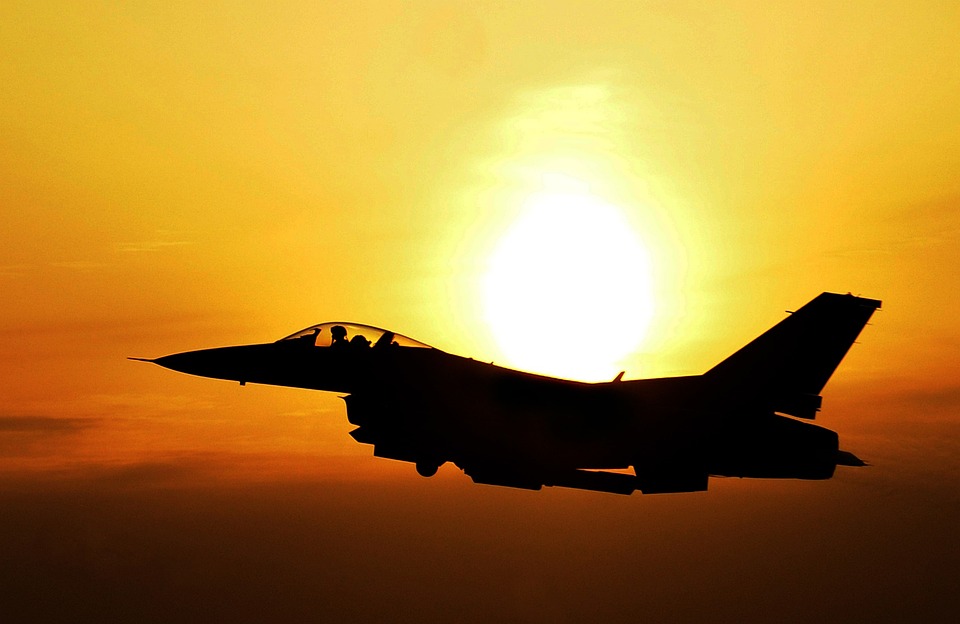The Role of Lift Force in Flight
Introduction
Flight is a fascinating phenomenon that has captivated humans for centuries. From the first hot air balloon flights to the advanced aircraft of today, the ability to soar through the sky has always been a dream of mankind. One of the key factors that makes flight possible is the concept of lift force. In this article, we will explore the role of lift force in flight and how it allows aircraft to stay airborne.
What is Lift Force?
Lift force is the upward force generated by an object moving through a fluid, such as air or water. In the case of aircraft, lift force is generated by the wings as the aircraft moves through the air. This force counteracts the force of gravity, allowing the aircraft to stay airborne.
How is Lift Force Generated?
Lift force is generated by the wings of an aircraft through a combination of factors, including the shape of the wing, the angle of attack, and the speed of the aircraft. The shape of the wing is perhaps the most important factor in generating lift force. Wings are designed with a curved shape on the top and a flatter shape on the bottom. This design creates a pressure difference between the top and bottom of the wing, with lower pressure on top and higher pressure on the bottom. This pressure difference creates lift force.
The angle of attack, or the angle at which the wing meets the oncoming air, also plays a crucial role in generating lift force. When the angle of attack is just right, the air flowing over the wing creates a lifting force that helps keep the aircraft aloft. If the angle of attack is too steep or too shallow, it can disrupt the airflow over the wing and reduce lift force.
Finally, the speed of the aircraft has a direct impact on the amount of lift force generated. As the speed of the aircraft increases, the amount of airflow over the wing also increases, leading to greater lift force. Conversely, if the aircraft slows down too much, the lift force may not be sufficient to keep the aircraft airborne.
Effects of Lift Force on Flight
Lift force is a crucial component of flight, as it allows aircraft to overcome the force of gravity and stay aloft. Without lift force, aircraft would not be able to take off, climb, or maneuver in the air. In addition to keeping the aircraft airborne, lift force also plays a key role in controlling the aircraft’s pitch, roll, and yaw.
Pitch control is achieved by changing the angle of attack of the aircraft, which alters the amount of lift force generated. By increasing the angle of attack, the aircraft pitches up, while decreasing the angle of attack causes the aircraft to pitch down. Roll control is achieved by using ailerons, which are small flaps on the trailing edge of the wings that can be raised or lowered to create more lift on one wing than the other. Yaw control is achieved by using the rudder, which is a vertical fin on the tail of the aircraft that can be deflected to change the direction of the aircraft.
Conclusion
In conclusion, lift force is a fundamental concept in flight that allows aircraft to stay airborne and maneuver through the air. By understanding the factors that influence lift force, such as wing shape, angle of attack, and speed, aircraft designers are able to create efficient and aerodynamic aircraft that can safely and effectively navigate the skies. The next time you look up and see an aircraft soaring through the clouds, remember that it is lift force that is keeping it aloft.

Leave a Reply